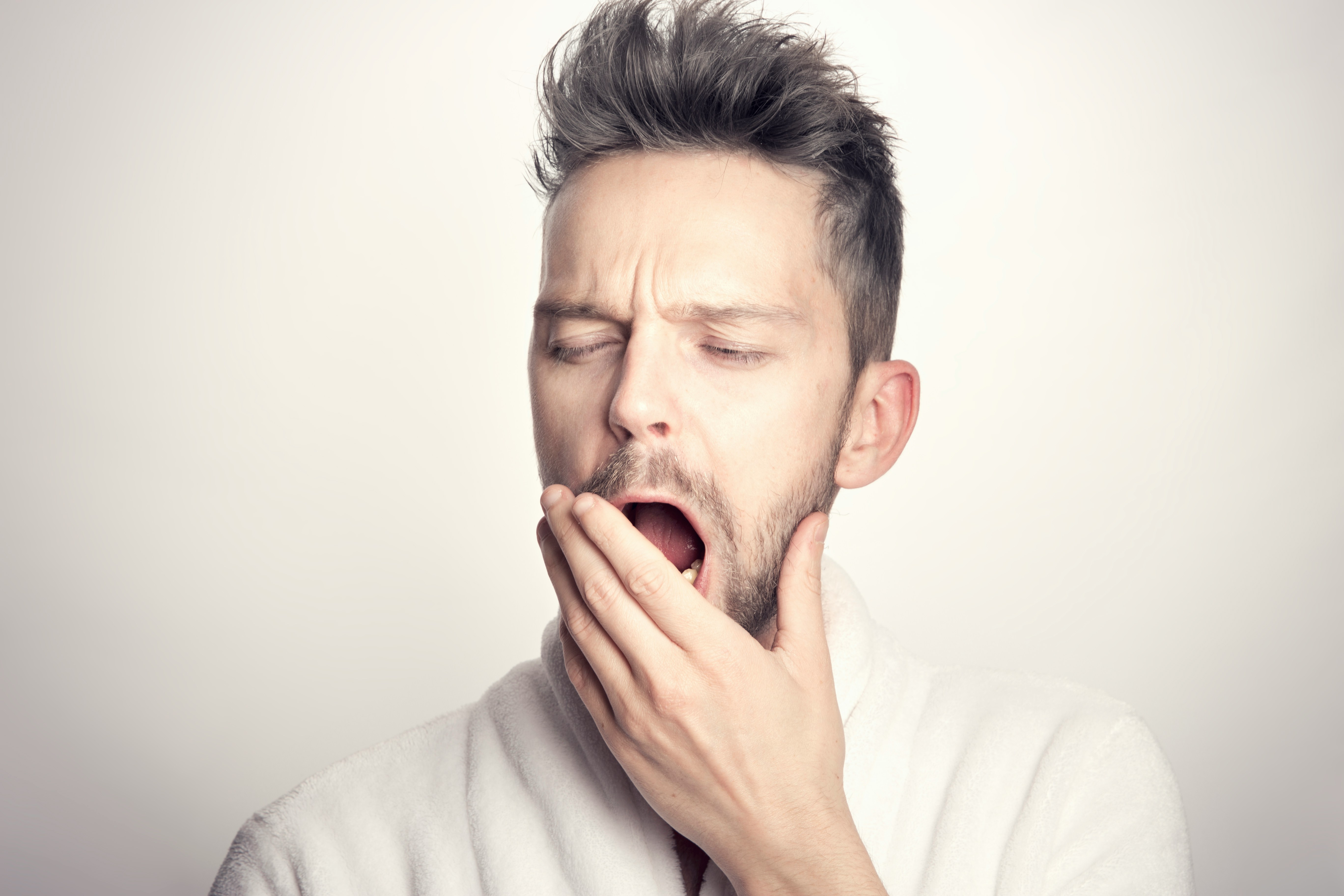Blogs By Dr. Sandy
Blogs By
Dr. Sandy

Jaw Pains & Creaky Clicks: Is Your TMJ Wearing Out?
Imagine your jaw joint is like a well-oiled hinge on a door. When new, it moves smoothly and effortlessly, allowing you to talk, chew, and yawn without a second thought. But over time, that hinge can start to rust, grind, and creak—causing stiffness, discomfort, and even pain. That’s what happens when osteoarthritis (OA) sneaks into your temporomandibular joint (TMJ)—the small but mighty joint that keeps your jaw moving.
Meet the TMJ: The MVP of Your Face
The temporomandibular joint (TMJ) is a complex hinge-and-slide joint that connects your lower jaw (mandible) to your skull. There’s one on each side of your face, just in front of your ears. Unlike a simple hinge, the TMJ allows for both rotation and sliding movements—helping you chew, talk, and even express emotions.
What makes the TMJ special is a cartilage disc that sits between the bones. Think of it like a little cushion that absorbs shock and keeps everything gliding smoothly—like the padding in your favorite running shoes. This disc ensures that your jaw moves efficiently without bone-on-bone friction.
What Happens in TMJ Osteoarthritis?
With osteoarthritis, that cushioning cartilage begins to wear down. As it deteriorates, the once-smooth joint surfaces become rough and uneven—like a pothole forming on a well-traveled road. This can lead to:
Pain – A dull, aching discomfort in the jaw, especially when chewing or talking.
Stiffness – Your jaw might feel tight or “stuck,” particularly in the morning or after periods of inactivity.
Clicking or Grinding Sounds – As the disc wears away, you might hear popping or crunching noises (called crepitus) when you open and close your mouth.
Limited Jaw Movement – It may become harder to open wide or move your jaw side to side.
Over time, the joint’s protective mechanisms fail, leading to inflammation and even small bone spurs (osteophytes)—like the joint trying to “patch itself up,” but not in a helpful way.
Why Is Your Jaw Aging Like a 20-Year-Old Couch?
Osteoarthritis in the TMJ doesn’t just happen overnight. It’s usually a mix of wear-and-tear and bad habits that break down the joint over time. Some usual suspects include:
👉 Grinding or Clenching (Bruxism) – Imagine squeezing a stress ball too hard—eventually, it loses its shape. Constant grinding puts extra stress on the joint, wearing it down faster.
👉 Old Injuries Coming Back to Haunt You – That fall you took years ago? The dental work that left your jaw sore? Previous jaw trauma can speed up joint degeneration.
👉 Posture Problems – That “text neck” position (head forward, shoulders slumped) isn’t just wrecking your back—it’s messing with your jaw alignment too.
👉 Aging & Genetics – Some people just draw the short straw when it comes to joint health.
How Can Physical Therapy Get Your Jaw Back on Track?
The good news? You’re not stuck with jaw pain forever! Physical therapy can play a huge role in reducing discomfort, improving movement, and preventing further joint damage. Here’s how:
Gentle Jaw Exercises – Just like stretching a stiff knee, targeted movements can improve mobility and reduce stiffness.
Postural Corrections – Strengthening your neck and upper back muscles can take the strain off your TMJ.
Manual Therapy – Hands-on techniques help release tight muscles and improve joint mobility.
Relaxation Techniques – Stress management strategies (like diaphragmatic breathing) can help reduce jaw tension from clenching.
Lifestyle Modifications – Switching to softer foods during flare-ups, avoiding excessive chewing, and using hot/cold therapy can provide relief.
Protecting Your Jaw for the Long Haul
✅ Be mindful of habits – Cut back on gum chewing and nail biting.
✅ Maintain good posture – Keep your head stacked over your shoulders to reduce jaw strain.
✅ Manage stress – Jaw tension often starts in the mind. Try meditation, deep breathing, or even just unclenching your teeth throughout the day.
✅ Get a night guard – If you grind your teeth at night, a custom-fitted guard can help protect your TMJ.
Final Thoughts
TMJ osteoarthritis might make you feel like your jaw is “rusting” away, but the right treatment can help you move more comfortably and prevent further damage. If you’re experiencing persistent jaw pain, don’t wait—seek help from a physical therapist who specializes in TMJ disorders.
Your jaw works hard for you every day—return the favor by giving it the care it deserves! 💙
💡 Want More Help? Download one of my FREE GUIDES!
Other Resources
Specialized Physical Therapy
Jaw Dysfunctions (TMD/TMJ)
Jaw Clicking
Jaw Pain & Headaches
Pelvic Dysfunctions
Pelvic Floor Tension
Incontinence (leaking)
Postpartum Recovery
Testicular Pain
Orthopedic Conditions
Low back Pain
Knee pain
Ankle sprains
Neck Pain
Post-surgery recovery


Instagram
Youtube
LinkedIn